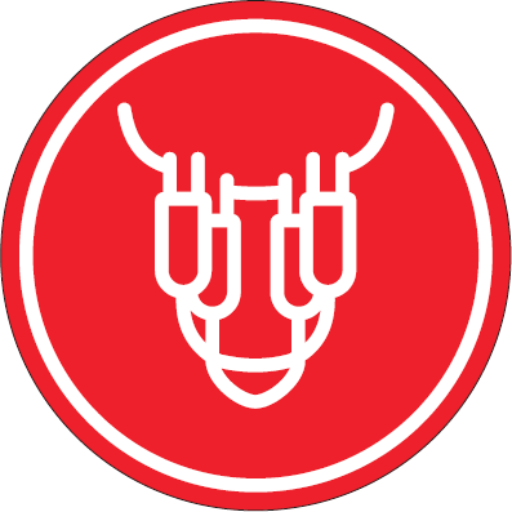Introduction
The world of livestock is as diverse as the ecosystems they inhabit. In the realm of bovines, Western cows and South Asian buffalos are two prominent species, each with its unique biological characteristics. Understanding these distinctions is not only vital for farmers but also fascinating for those interested in the intricate world of animal biology. In this blog post, we’ll explore the biological differences that set Western cows and South Asian buffalos apart.
Origin and Evolution
Western cows, including popular breeds like Holstein and Angus, have their roots in Europe, where they were selectively bred for centuries. In contrast, South Asian buffalos, especially the water buffalo, have been native to the Indian subcontinent for thousands of years. This significant geographical separation has led to differences in their evolutionary paths.
Morphological Features
Buffalos are generally larger and stockier than Western cows. They have distinctive curved horns and a hump on their back, while cows typically lack the hump. The presence of a hump is a distinctive feature of buffalo species.
Adaptation to Climate
South Asian buffalos are known for their remarkable adaptability to tropical and subtropical climates. They have a higher tolerance for heat and humidity, which is essential for their native regions. Western cows are better adapted to temperate climates and have different thermoregulatory mechanisms.
Milk Production and Composition
Buffalo milk typically has a higher fat content, about 7-8%, compared to cow’s milk, which usually contains around 3-4% fat. This difference in milk composition makes buffalo milk ideal for producing dairy products like ghee and buffalo mozzarella.
Behavior and Temperament
Buffalos tend to be more temperamental and have different behavioral traits compared to cows. Their behavior requires specialized handling techniques, especially during milking.
Disease Resistance
Buffalos have developed resistance to certain diseases common in their native regions, which differs from the diseases that affect Western cows. This resilience is a significant biological difference between the two.
“Milk More, Stress Less with Our Innovative Machines.”
With our innovative machines, you’ll milk more efficiently and stress less, ensuring your dairy operation runs smoothly and profitably.
Conclusion
Understanding the biological disparities between Western cows and South Asian buffalos is essential for those involved in animal husbandry and dairy production. It not only facilitates better management practices but also highlights the fascinating diversity within the world of livestock. The unique characteristics of these species are a testament to nature’s adaptability and the rich tapestry of life on our planet.


